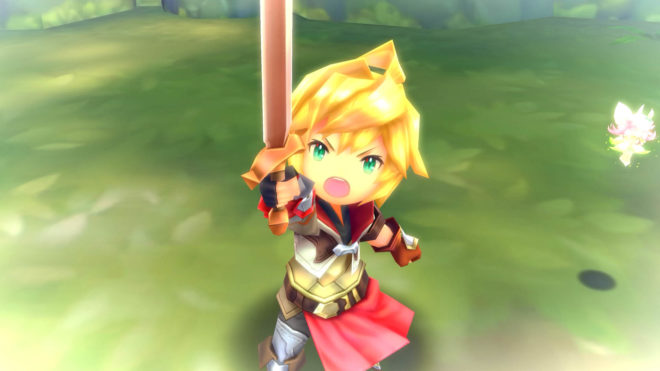Cognition Dissemination: Gran Turismo 7’s High Price of GAAS

Plenty of simulation racing game fans expected the world from Gran Turismo 7, and they can’t be blamed for that. It’s been years since Gran Turismo Sport released in 2017 for PlayStation 4, and even longer since the last numbered game, Gran Turismo 6, released in 2013 on PlayStation 3. The wait has been long, an amount of time that felt even longer given the lack of non-kart racing video game options outside this franchise and the Forza series on Xbox nowadays. Developer Polyphony Digital delivered on the game’s promises, according to its critical reception, but it’s a shame about the mess that’s accompanied the package largely after it was reviewed.
The game has come loaded with microtransactions, in a game that goes for $60 and $70 on PlayStation 4 and PlayStation 5, respectively. It also requires a constant internet connection to its online servers in order to play any of it, necessary even for single-player races against the AI. These weren’t big issues on the surface, considering the gaming audience largely relented in their resistance against both practices after they started becoming prominent during the PlayStation 4/Xbox One generation. They wouldn’t become big problems in practice if the microtransaction scheme wasn’t too invasive, and if the servers worked as they should during most times (outside occasional maintenance). Who could have guessed that this wouldn’t happen?

The problems began after a whopping 30-hour downtime period that occurred a mere 13 days after the game released. This is bad news when it happens to any always-online game. It is considerably worse, and outright unnecessary, when it happens to a game that isn’t an asynchronous multiplayer Game-as-a-service (or GAAS, or live service) titles or an MMORPG. Anyone who purchased this full-priced game that couldn’t play it on their own time because of the requirement, which unsurprisingly soured several of them on the experience.
Before anyone thinks the 7.4 magnitude earthquake Japan experienced last week could have been the cause, longtime director Kazunori Yamauchi helpfully ruled that out via tweet. It’s very good, however, that no harm was done to any of Polyphony’s employees, despite their being loss of life and moderate damage to the country from it.
This is also extremely ironic given promises Sony once made several years ago, before the PS4 launched. A lot has changed in nearly — if you can believe it — nine years.
The changes through the update that arrived after server functions were restored were just as bad, if not worse. Several gameplay and system-related changes were made, but it would have been easy to think the only feature they altered involved the in-game currency race completion payouts, considering how often they’ve been discussed compared to everything else. The currency reward for winning races was increased for two specific tracks, but decreased for a significant 16 others. This change made it more difficult for players to grind by winning races on specific tracks to purchase more cars. It’s a way to push more of them towards buying the credits necessary to purchase the cars with real money, which can get very expensive for the best ones. The player reactions to this were no surprise.

Sony and Polyphony had to know what kind of response they’d get when they made the changes that shoved players towards spending more money on a game they already paid full price for, given the obvious uproar this would generate. But they believe the end results may be worth it for them. Those complaining about it, in their view, are loud internet types, a small number of players among those who purchased the game. The actions will be justified if a good chunk of the player base indeed spends more on microtransactions, with the game and both companies involved reaping the extra profits. Given the amount of money other companies have made on them, this is, I’m sorry to say, a good bet on their part.
It still blows, though. It portends what we can expect for the future of Sony’s GAAS titles. Sony executive Hiroki Totoki teased the company’s grandiose plans for GAAS as part of an investor presentation early in February, shortly after they announced their intent to purchase Destiny series developer Bungie. “We intend to utilise these strengths when developing game IP at PlayStation Studios as we expand into the live game services area,” Totoki said, as transcribed by Eurogamer (hence the use of the Queen’s “utilise”). “Through close collaboration between Bungie and PlayStation Studios we aim to launch more than 10 live service games by the fiscal year ending March 2026.”
Sony has since made another purchase with Haven Studios, an outfit started by former Ubisoft and EA game creator and managing director Jade Raymond. They’re working on a multiplayer AAA game coming exclusively for PS5, and a game like GT7 should show anyone what they can expect through the microtransactions and other practices Sony is willing to green light.
Needless to say, the future could get rocky for anyone who enjoyed having a bevy of single-player experiences playable offline from Sony. We’ll still receive those occasionally, with the recent release of Horizon Forbidden West and the upcoming God of War: Ragnarok being two key examples. But there’s serious potential for their numbers to dwindle depending on how profitable they are compared to GAAS titles.





